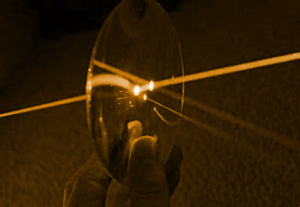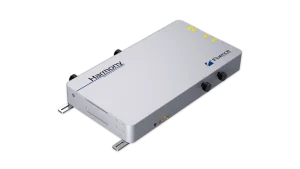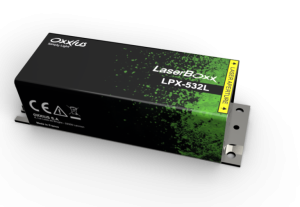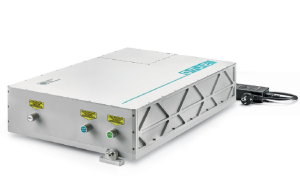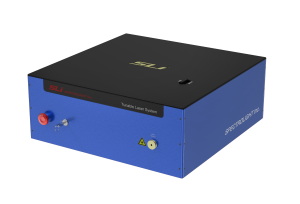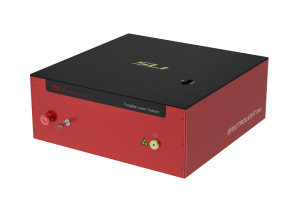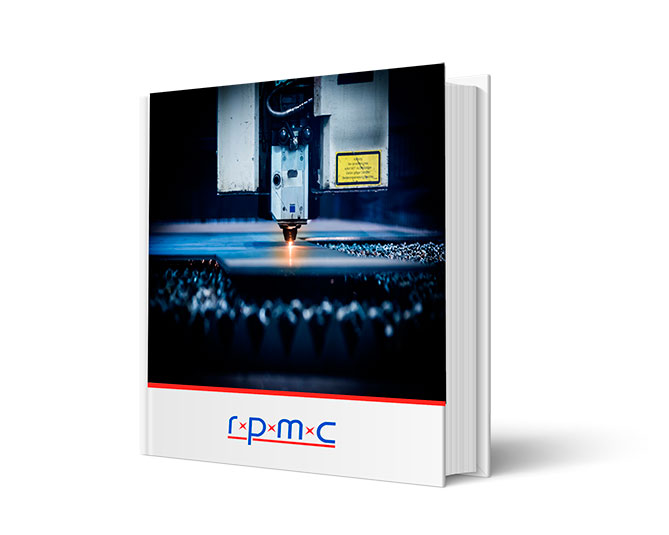The Orange Lasers We Offer:

Highly Visible for Specific Applications
-
- Enhanced visibility compared to red or infrared for certain environments
- Ideal for targeting, alignment, and scientific applications needing precise visibility
- Commonly used in biomedical, spectroscopy, and display technology

Precision-Tuned Wavelengths for Specialized Use
-
- Available in narrow linewidth configurations for precision tasks
- Effective for fluorescence excitation in microscopy and life sciences
- Supports spectroscopic analysis with stable, reliable output

Customizable & Efficient Solutions – Various Technologies
-
- Flexible design options available for easy integration into existing systems
- Compact, robust modules suitable for handheld, portable, and laboratory use
- Configurable parameters including power levels, beam profile, and modulation options
For nearly 30 years, RPMC’s selection of Orange Lasers has set the standard for affordable precision across a wide range of applications, from defense to medical, industrial, and research with 1000’s of successful units in the field. We understand that every application has unique requirements, which is why our configurable platforms are designed to offer the perfect fit for your needs—whether you’re working with fundamental wavelengths, harmonics, or specialty wavelengths. As your partner, we’re here to guide you through the selection process, ensuring that your orange laser integrates seamlessly into your existing systems. With time-tested technology that balances power and precision, we’re committed to supporting your success every step of the way.

 SHIPS TODAY
SHIPS TODAY 